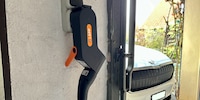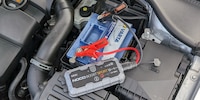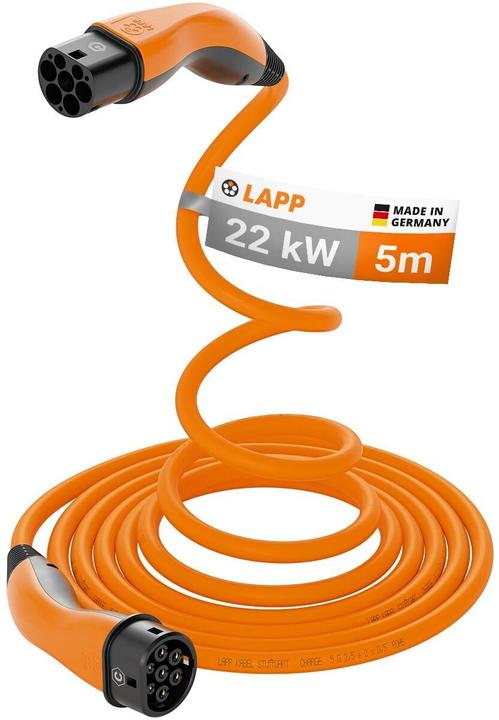

Helix by Lapp Mobility: a self-rolling charger cable
If you drive an engine you’ll be familiar with that smell of petrol on your hands. The downside for people with electric cars? Their charging cables become tripping hazards. So a cable that rolls itself up is a great solution. Well, it sort of is.
When you buy an electric car, you usually get a charging cable with it. In most cases, one cable is sufficient. Stronger cables for higher power are already installed at the fast chargers on the motorway. However, there may be a time you want a second cable. For example, to have one at the wallbox at home and a second one in the car for when you’re on the road.
It’s precisely these people who Swabian manufacturer Lapp Mobility is likely to be targeting with their Helix charging cable. But nowadays there are a ton of charging cables to choose from. In our range, for example, there are around 400. Prices currently range from 120 to just under 200 francs (as of April 2024). Almost all of the cables are black. And just a few are spiral cables. These have a retraction mechanism so you don’t need to roll them up after using them.
The Helix shape doesn’t fit everywhere
A Helix cable goes one step further. It has shape memory. This means it rolls up into a snail shape again after you’ve used it. I tried it out for a while. It’s certainly practical in the odd situation. For example, I have an (overpriced) cable holder in my garage which I hang my cable onto when I’m done. I like to wind my cable up like a garden hose so that it looks tidy. My inner monk is happy when I do this. With the shape memory in the Helix, it’s quicker to wind up and saves me getting my hands dirty.
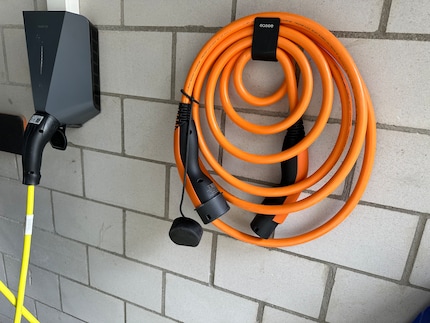
Source: Martin Jungfer
I can quickly unplug the Helix from the wallbox and stow it in the boot. It lies there, almost as if freshly wrapped out of the box, waiting for its next use.
But things get complicated if you don’t want the Helix lying around loose in the boot. Many electric cars have created compartments for the charging cable. In some cars, the frunk, i.e. a kind of trunk under the hood, is the designated place for the charging cable.
If you’re traveling frunk-less, you might struggle to find a place for your Helix. The layout of the compartments under the load floor isn’t really compatible with the shape of the Helix. It looks like this when I put it in. Could be better.
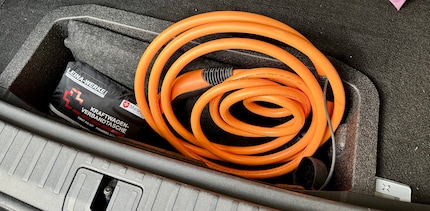
Source: Martin Jungfer
A standard charging cable that I wind up myself fits better. And I even roll it just as nicely as the Helix. Ta da!
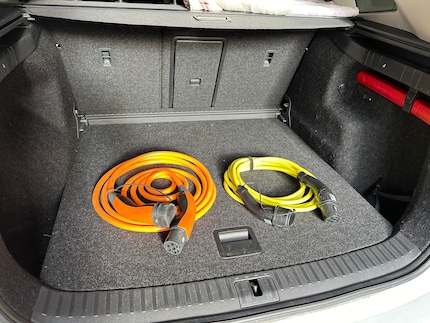
Source: Martin Jungfer
In our Enyaq, the best place for the Helix is under the load floor. The problem with that is, if I want to lower it one level, the cable no longer fits in.
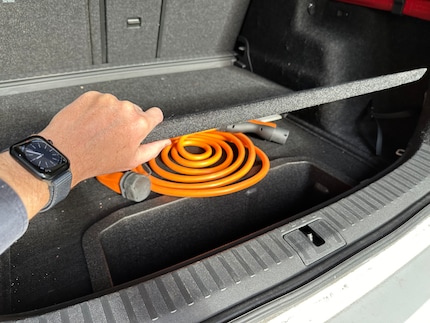
Source: Martin Jungfer
The technology in a Helix
There’s nothing special or striking to report here. The Helix by Lapp Mobility has a type 2 plug, which is standard in all European countries. It’s waterproof to IP55 and meets all the necessary standards. At five metres in length, it’s convenient enough to connect the car and the charging station. If bright orange gives you a headache, Helix is also available in black.
One positive aspect is that the Helix is designed for a current of up to 32 amps – it has a charging capacity of 22 kW. Lapp manufactures the Helix in a single-phase and a three-phase version. With the 11 kW version of the cable, in around two hours of charging you’ll have enough power to drive about 100 kilometres – roughly calculated.
The three-phase cable charges faster, up to 22 kW. Provided, of course, that the wallbox or charging station supplying the electricity is powerful enough. If you’re interested in three-phase cables, you can find them here.
Those who may find Helix interesting
In the end, it’s a matter of how much you’re willing to pay. There are roughly three categories of charging cables:
- Standard cables (with no retraction)
- Coiled/spiral cables
- Cables with shape memory, i.e. the Helix
On average, you pay 20 francs more for a coiled cable than for one you roll up yourself. And another 20 francs if you choose Helix by Lapp Mobility. If you’re often charging at public stations where you use your own cable, the Helix might just be your next best friend. Especially, if you’re not very good at rolling up a cable and having dirty hands is a pain. Plus, you won’t look as stupid as the guy in the Helix cable advert.
However, connecting your EV to the charging station with the Helix isn’t that easy. Shape memory is also a bit stubborn. I have to pull on the cable a bit to get it’s full five metres of length.
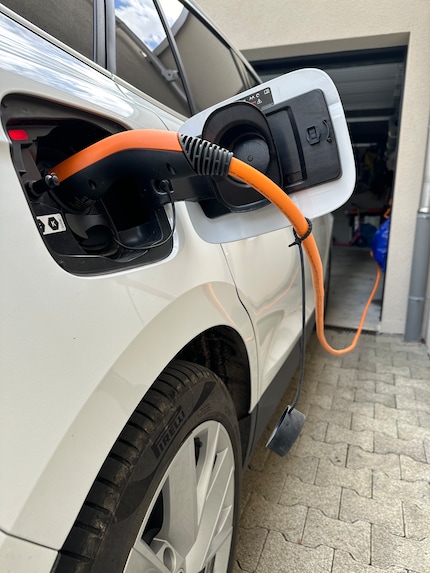
Source: Martin Jungfer
The longer I unravelled it, the greater the risk that I’d somehow twisted it because the shape memory wasn’t strong enough.
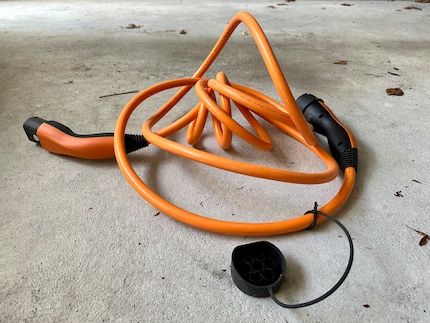
Source: Martin Jungfer
In a nutshell
Simple and convenient for a small surcharge
Pro
- version with low and high power available
- saves time when tidying up
- low surcharge compared to «standard» charging cables
Contra
- predefined shape doesn’t fit easily in the boot of all cars
- only a five-metre length available
- you have to like the colour orange...
- can get twisted

Journalist since 1997. Stopovers in Franconia (or the Franken region), Lake Constance, Obwalden, Nidwalden and Zurich. Father since 2014. Expert in editorial organisation and motivation. Focus on sustainability, home office tools, beautiful things for the home, creative toys and sports equipment.
